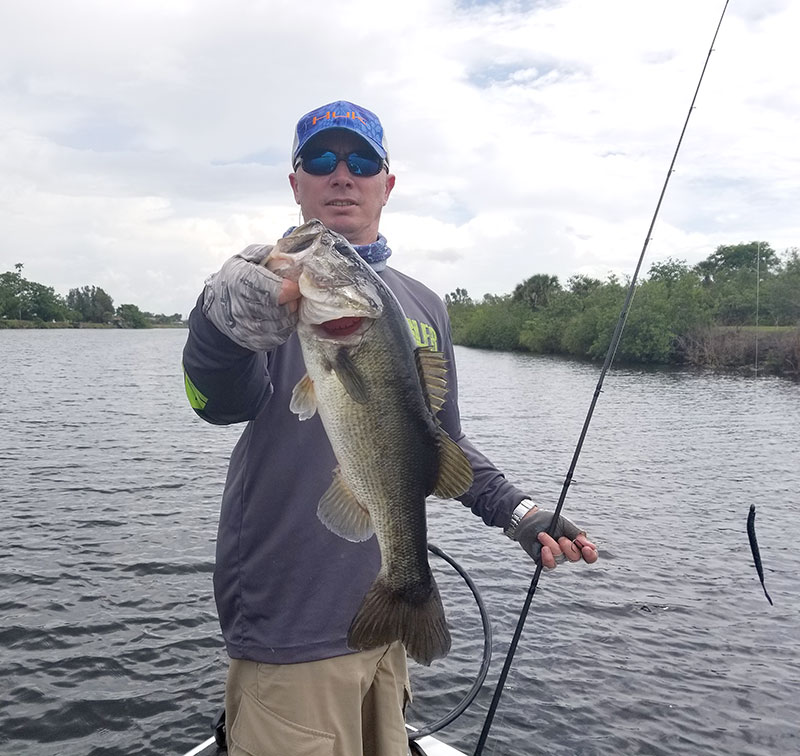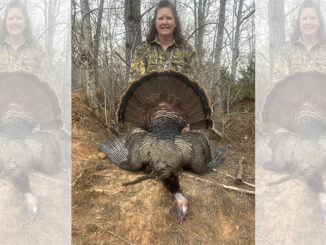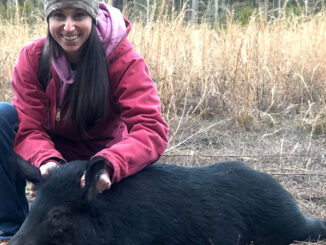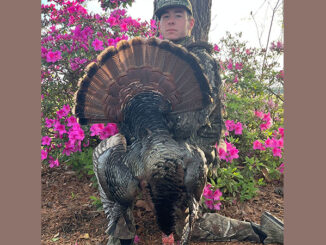
I have won a lot of bass tournaments in July. After all, fishing offshore with a crankbait is my strong point. But I’m not about to say it’s my favorite month, because for all of those tournament wins, I’ve had a lot of strikeouts.
July, you see, is a feast-or–famine month. The first part of July is usually really good, but after that, eh, no. That’s when bass start breaking up out of their schools. They become more solitary, and unlike June and early July, you can no longer pull up on a good spot and catch ‘em on every cast.
They move off the steep drops where they spent June, and they’ll often get on little contour breaks, drops of 2 or 3 feet. They start getting on brush, but not nearly as good as in August. And the amount of water flowing through a lake will determine whether they get on deep contour breaks or shallow contour breaks.
Every lake has a different personality, but the amount of water being pulled through the lake through the dam is the big determining factor. If there’s plenty of water being pulled – like there usually is at Buggs Island – you can find fish as deep as 22 or 23, 25 feet. The current makes that deep water, where they find the water temperature they love, very comfortable, because it’s well-oxygenated. You fish a lake that doesn’t have a lot of current, and they’ll leave that deep water and move up into shallower water where the conditions are better – even if it’s a little warmer than they’d normally like.
Current also determines when and how long bass feed every day. Most of the time, they’re going to be suspended out off the drops, or they might be out in open water chasing blueback herring – we have them in a lot of our lakes in the Carolinas now. But most of the time, bass are going to move up into cover and around structure to feed when water is being pulled through the dam, creating a current.
Timely fish
One good thing about July is that you can pattern fish; they pattern pretty good from mid-way back in the creeks to the main lake. If you find them on stumps in 12 feet of water in one spot, they’re likely to be on stumps in 12 feet of water on similar spots. So you can make a little milk run when the time is right. When they start pulling water and a current sets up, you want to be on your best spots, hitting as many of them as you can while the current is running. I like to say that bass get real “timely” in July. They get on places where they want to feed, and you just have to be there at the right times.
Usually, you’ve got a good current first thing in the morning and maybe around 2 o’clock in the afternoon. In early July, that means you can catch some topwater fish in the morning, because they’re up shallow chasing shad and herring. But that goes away later in the month. The rest of the time, you’re trying to scratch out a fish or two, waiting for the bite to begin when they start pulling water through the dam.
One thing that can really help is getting the generation schedule for the dam that impounds the lake you’re fishing. A lot of power companies will publish that schedule, and it should tell you when the current is likely to begin and how long it may last. They’re going to pull up on their favorite cover to feed when they’re pulling the water hard. If you’re lucky to catch three or four on the same place, you’ve had a heckuva day.
The other good thing is that they start getting on brush, stumps and trees. Wood is really the No. 1 cover in July. And it’s pretty easy to find with a good depth finder or two – or three. The LiveScope stuff has really changed fishing, totally. When the bass aren’t on the cover or structure, they’re hanging out, suspended, or chasing bait, and the young guys who really know the LiveScope stuff can really catch ‘em.
Cover water
Cranking and worming is the way to go in July. You can cover a lot of water with a crankbait or a Texas rig, and I usually fish both of them on a spot, especially if I catch a fish or two on a crankbait. I’ll always throw a Texas-rigged worm in there before I move to try and catch a fish that might not be as aggressive as the ones that will chase a crankbait. I will always have a few Berkley Dredger crankbaits tied on to match the depth of the water I’m fishing. And I’ll always have a Texas-rigged worm on a ¾-ounce weight tied on. Berkley makes a kind of magnum finesse worm, a Power Night Crawler, that’s about twice as thick as a regular finesse worm. I like to fish them around brush and stumps in deeper water.
As far as colors go, you should have two crankbait colors tied on in July – and maybe only two. The color we call Clark Gable – lime green and chartreuse – is just about always the best one to throw in July. I think that doing away with the red or orange on the belly of the crankbait really helps. The other color that’s great in July is Lone Ranger, which has chartreuse sides. For soft-plastics, I like junebug, green pumpkin and watermelon red.
Fish with the current:
Fishing on lakes when current is being drawn through the dam is a big plus this month. Utility companies publish their power generation schedules, which can help you plan your day so you’re fishing during the most productive time.





Be the first to comment